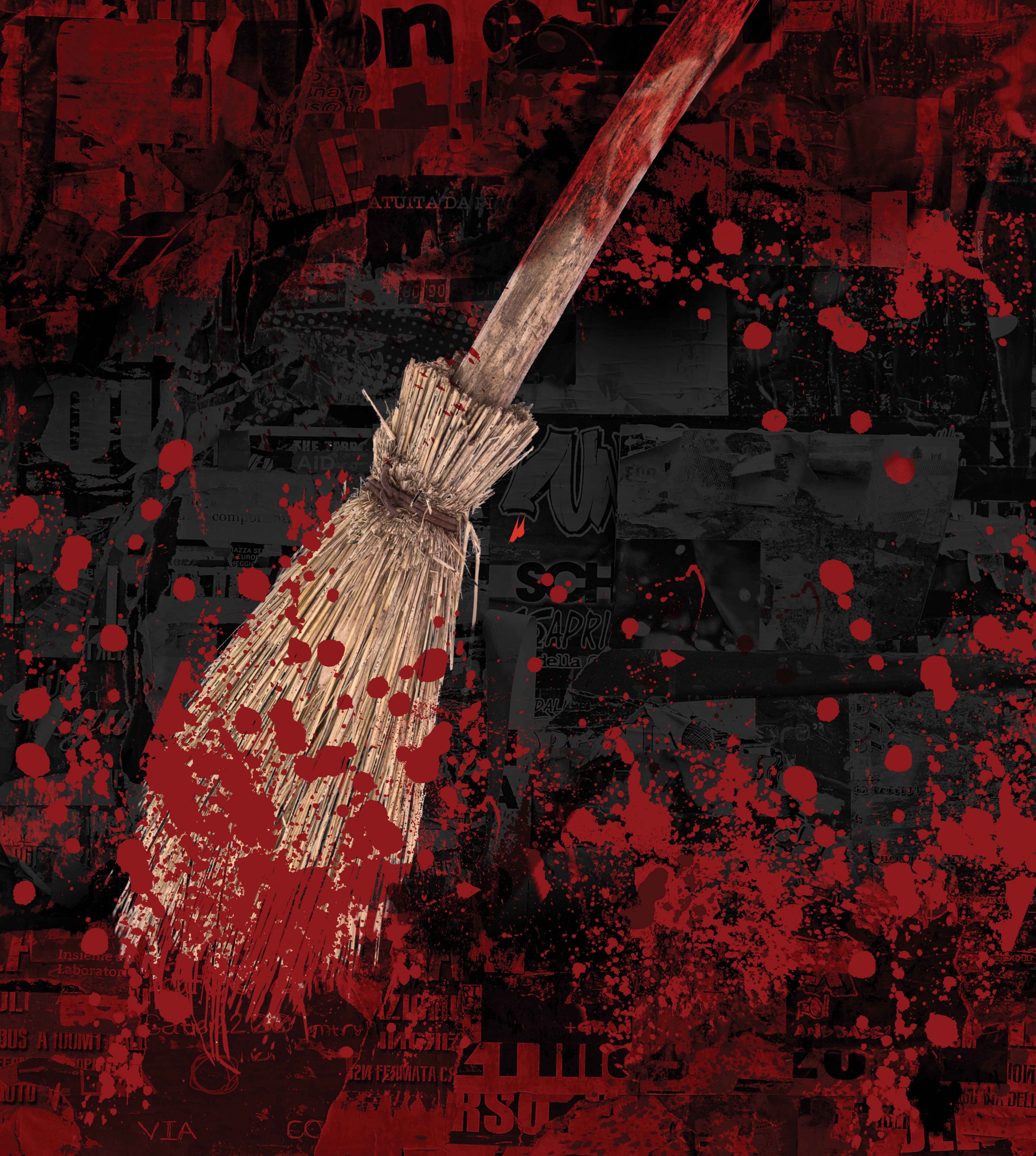Bonnets & Punk
by Hannah Freeman, Dramaturg
Jen Silverman’s Bonnets: How Ladies of Good Breeding Are Induced to Murder invites you to to be transported to a world where the line between decency and depravity blurs, and where the most genteel of women discover their capacity for murder. This gripping, darkly humorous, and beautifully staged production invites you to reflect on the complexities of human nature, the power of secrets, and the high price of transgressing societal boundaries. Bonnets tells the stories of women in three different times and places – Salem Village in the late 1600s, France during the reign of Louis XIV, and England in the late 1800s. In eras where feminine gentility and subservience were expected, these characters rise above expectations, exploring their desires and aspirations with jolting consequences.
Taking elements and inspiration from Punk rock, the production reminds us to not be afraid to let out our inner rage. Better known simply as punk, a music genre that emerged in the mid-1970s which was rooted in 1960s garage rock, punk bands rejected the perceived excesses of mainstream 1970s rock music. They typically produced short, fast-paced songs with hard-edged melodies and singing styles, stripped-down instrumentation, and often shouted political, anti-establishment lyrics.
Punk rock wouldn’t be what it is today without the influence of women. In contrast to the rock music and heavy metal scenes of the 1970s, which were dominated by men, the anarchic, counter-cultural mindset of the punk scene encouraged women to participate. This participation played a role in the historical development of punk music, and a punk aesthetic that included zine creation and fashion design, especially in the US and UK at that time. Like those in the punk scene who held up a mirror to situations where women are subjugated or patronized, the women of Bonnets wreak havoc on societal norms… by committing murder.

